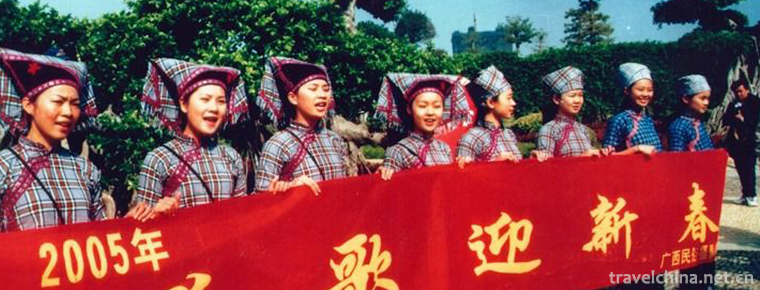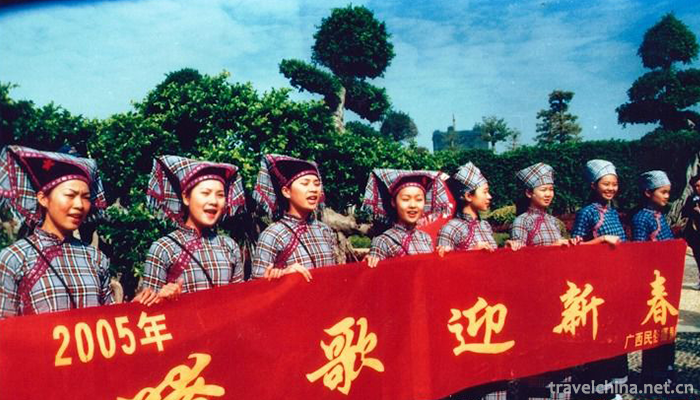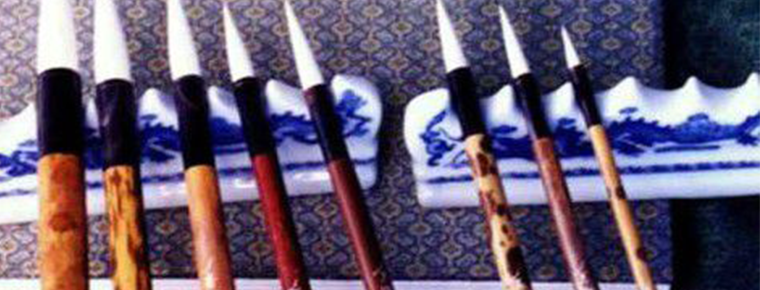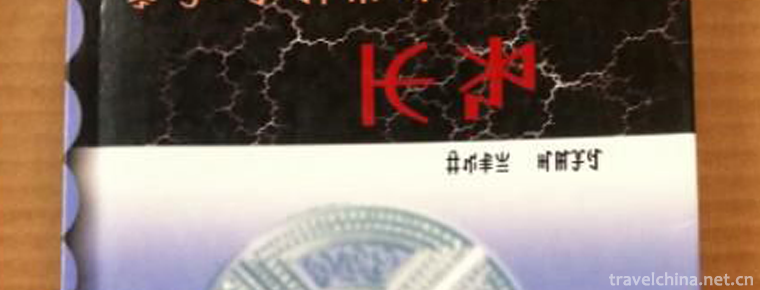2019-05-03

- By ChinaWiki.net
- Chinese Edition
- 2019-08-16
Liao Song of the Zhuang Nationality
Liao Ge of Zhuang Nationality, folk literature of Pingguo County, Guangxi Zhuang Autonomous Region, is one of the national intangible cultural heritage.
Zhuangs'songs are mainly popular in Pingguo, Tiandong, Tianyang and Ma Shan counties of Hongshui River Basin in the middle reaches of Youjiang River in Guangxi Zhuang Autonomous Region, Dahua Yao Autonomous County and Wuming County of Yongjiang River Basin. The central area is Pingguo County, which is more concentrated in Matou, Guohua, Taiping, Yewei, Xin'an and Pingguo County. There are more than 100 administrative villages and more than 1300 natural villages in Haicheng, Tonglao, Old Town, Slope Building, Sitang and other townships.
On June 7, 2008, the Liao Song of the Zhuang Nationality was listed in the second batch of national intangible cultural heritage list with the approval of the State Council.
historical origin
The origin of Liao Song can be traced back to the Tang and Song Dynasties at the earliest, while the later works came into being in the period of "land reform and return". How did Liao Song come into being and develop? Zheng Chaoxiong summarized the development of Liao Ge into three stages: the first stage is the period of origin and development, that is, from the emergence of the Zhuang civilization society to the Ming Dynasty; the second stage is the period of normative maturity, referring to the period from the Ming Dynasty to the Republic of China; the third stage is the period of New Liao Ge, referring to the establishment of New China to the present. (The Origin and Social and Historical Conditions of the Development of the Zhuang Nationality (Liao Ge), in Guangxi Ethnic Studies, No. 1, 2005, PP. 94-102)
The first stage is the origin and development of Liao Ge. According to the research, we can see the content, structure and form of the ancient Yue people's songs in the Spring and Autumn Period from some chapters of Liao Ge. Liu Xiang's Shuoyuan in the Han Dynasty recorded that in the Spring and Autumn Period, Chu State "the boat of Ejunzi Qing was in Xinpi". When Yue people sang in support of it, they could not understand its meaning and "called Yue to translate it". Interestingly, Wei Qingwen later made a comparative study of the Yue Ren Song recorded in Shuoyuan and the Zhuang Language. Firstly, according to the ancient phonologist's phonological structure of Chinese characters, he marked the middle and ancient sounds of each Chinese character in the song with international phonetic symbols, and then compared them with the Zhuang words one by one. It was found that there were more than 2000 words in this song. The meaning of Yue Ren Song translated in Zhuang language is exactly the same as that of ancient translation. In addition, other studies have found that the rhymes of one, three and five sentences and two, three and four lumbar rhymes in Yue Ren Song are exactly the characteristics of the Liao Songs of the Zhuang Nationality. Through interviewing the singers of the Zhuang nationality, Zheng Chaoxiong also found that the song of Yue Ren is the common "what day is today" and "what night is tonight" in the folk songs of the Zhuang nationality. On the basis of other related studies, he concluded that "Yue Ren Song" is the source of "Liao Song", or that "Liao Song" is the source of "Liao Song".《 The Extension of Yue Ren Song
The second stage is the mature period of Liao Ge's norms, which refers to the period from the appearance of song books in the Ming Dynasty to the Republic of China. Singers generally follow certain systems and procedures on the basis of song books. Zheng Chaoxiong's basis for dating is: first, the extensive use of ancient and Zhuang characters in popular inquiries; second, the social background of war described by Liao Ge's mature work "Song of Thieves"; third, the emergence of professional folk artists? Ancient Zhuangzi originated in Tang Dynasty, and its popularity among the people should be in Ming Dynasty. Different scholars have different opinions on the specific events of the war described in The Song of Thieves, but they all believe that the Song of Thieves originated in the middle of the Ming Dynasty, and then it was processed and supplemented in the process of circulation, even with the traces of the Republic of China: however, the Ming Dynasty is regarded as the development stage of the song. Waterridges are justified.
The third stage is from the founding of New China to the present. The songs of this period embody the new era notes in content, without the suffering of war and all kinds of shackles under feudal rule.
Cultural characteristics
Liao songs are generally five-character four sentences, four sentences are two couplets, sentence meaning is linked, together to express a complete meaning. Even the long song takes five words and four sentences as a basic unit. The first word of each sentence is called "head", the last word is called "foot", and the middle three words are called "waist". Rhyme mainly rhymes with waist and foot, but also rhymes with foot and foot. However, the first sentence is a variant of two or three words, but its rhythm is the same as the mother sentence of five words and four sentences.
Inheritance and Protection
Inheritance value
Liao Ge is not only a work of a certain historical period, but also a product of the development of ancient folk songs of the Zhuang nationality to a certain stage. Liao Song has deeply affected every member of the Zhuang people, every family and many aspects of their social life, and even the inheritance of the culture of the Zhuang people and the progress and development of society. In the place where the Liao songs are spread, almost everyone of the Zhuang nationality has participated in the activities of Liao songs in their lifetime. The people of all strata of the Zhuang nationality, including the intellectuals who have mastered the Han culture, have paid attention to and participated in the activities of Liao songs.
Liao Song uses vivid artistic images to express people's thoughts and feelings, and unfolds the plot in a Lyric atmosphere. Sometimes, although they are also describing scenery, they are singing to express the needs of the Sui Dynasty. This expression is very in line with the national psychological characteristics and national character characteristics of the Zhuang people. At the same time, this kind of lyric also gives the special artistic style of the poetry of the Zhuang nationality's elders with genuine sentiment and lingering melancholy, thus making Liao Song a treasure in the literature of the Zhuang nationality. Moreover, the songs of the Zhuang nationality also provide important reference materials for future generations to learn, study and learn from the literature of the Zhuang nationality, which is of great significance.
Current situation of inheritance
The living inheritance environment of contemporary songs of the Zhuang nationality is facing the severe challenge of modern life style, and the crisis is deepening, which needs to be protected urgently.
social influence
On the evening of October 21, 2007, the concert hall of the world-famous Sydney Opera House was held here for a large-scale literary and artistic performance entitled "Ambassador of Friendship - Chinese Folk Song Concert". Huang Chunyan, a famous singer in black and a first-class actor in Guangxi Opera and Dance Theatre, and five handsome young Zhuang people have brought the famous music brand of Guangxi, Pingguo Zhuang "Liao Song", to the world-famous Hall of elegance, and the folk songs of the Zhuang people have attracted worldwide attention once again.

Ask a Question
Your email address will not be published.



0 Questions